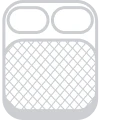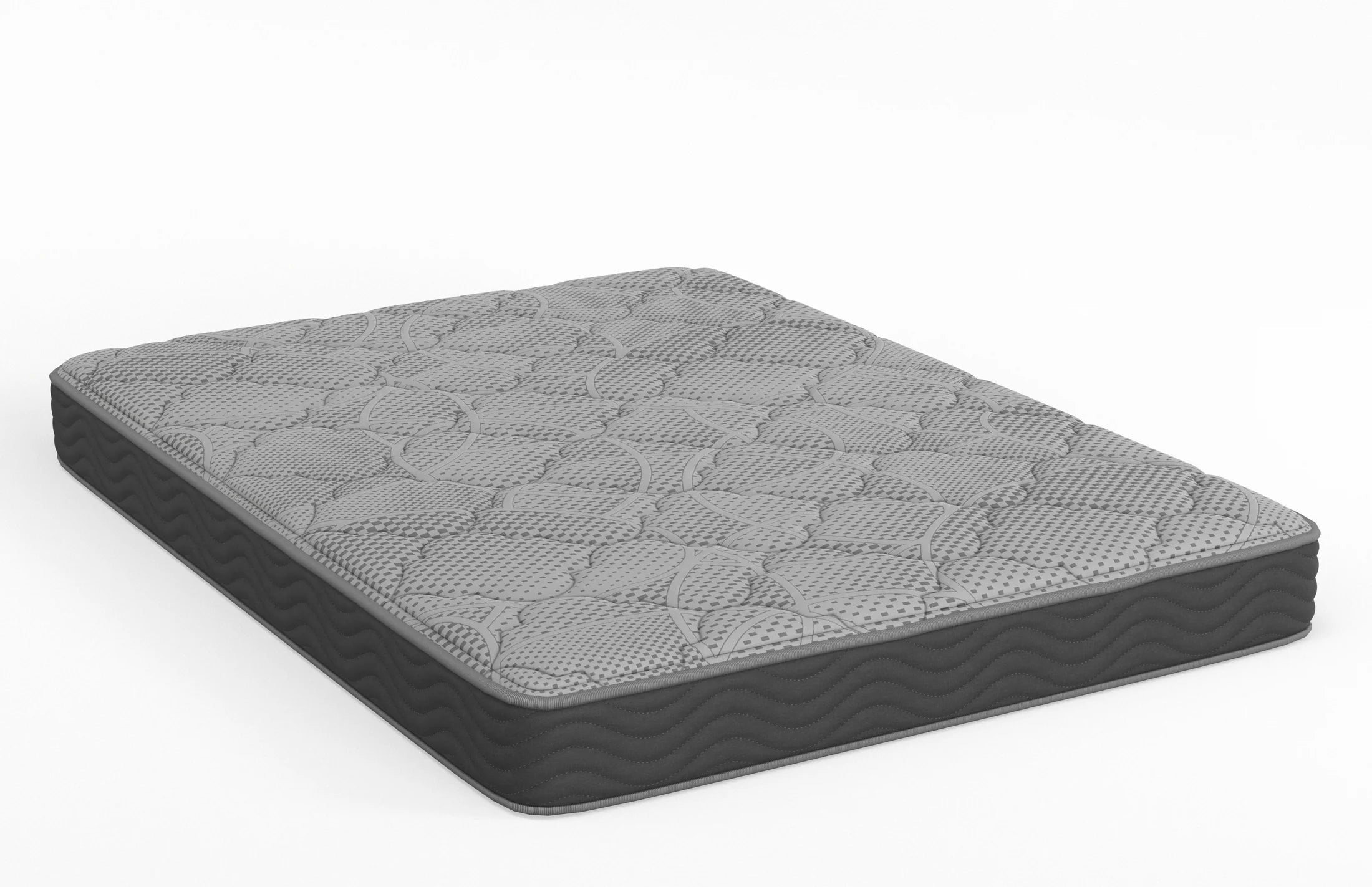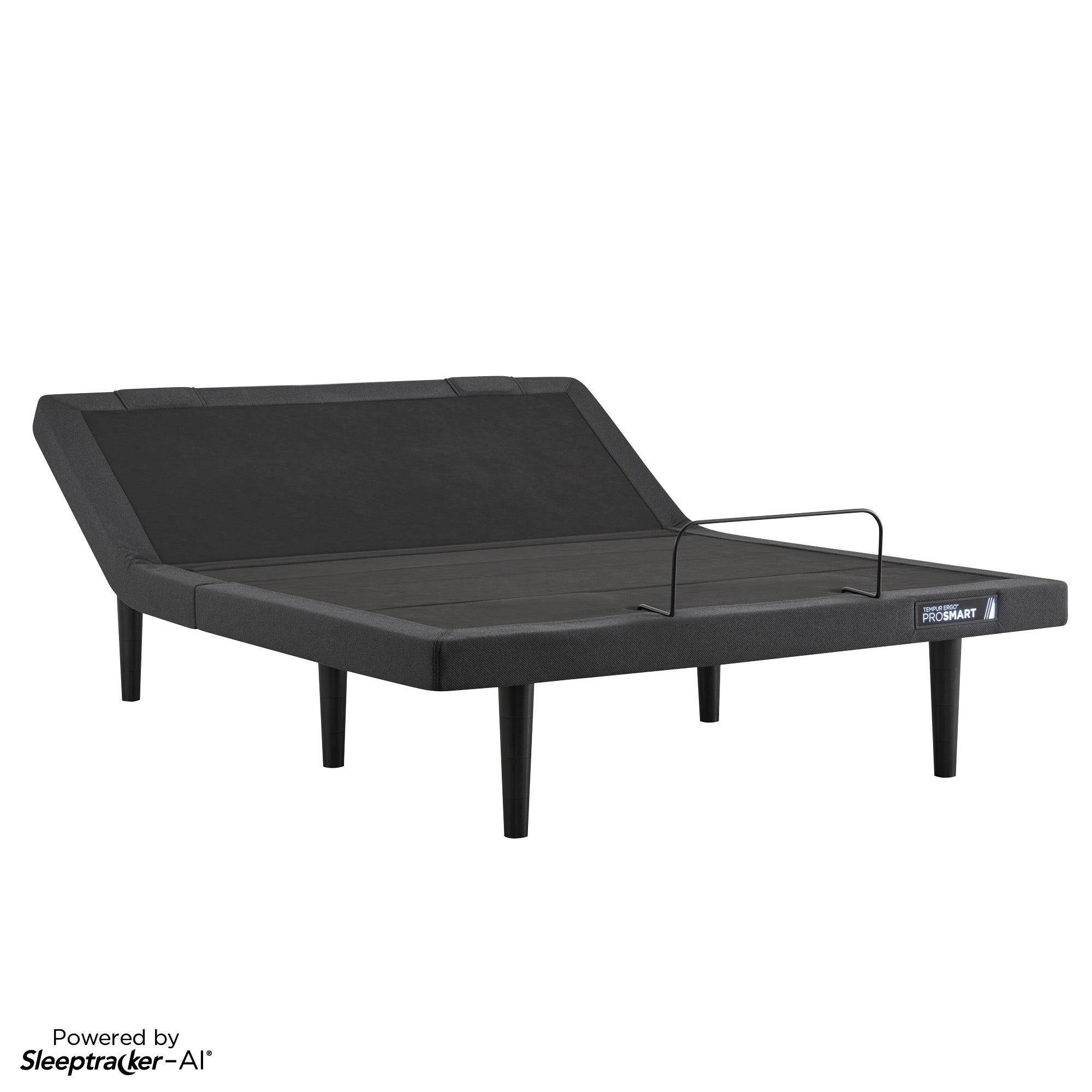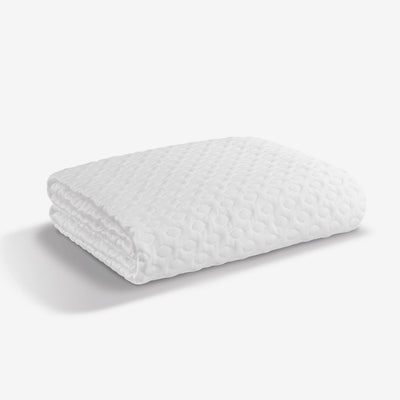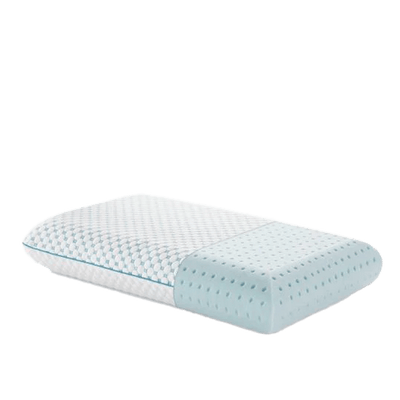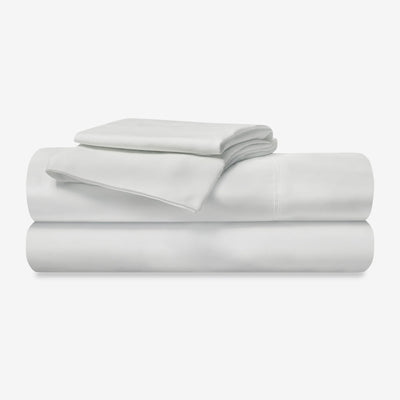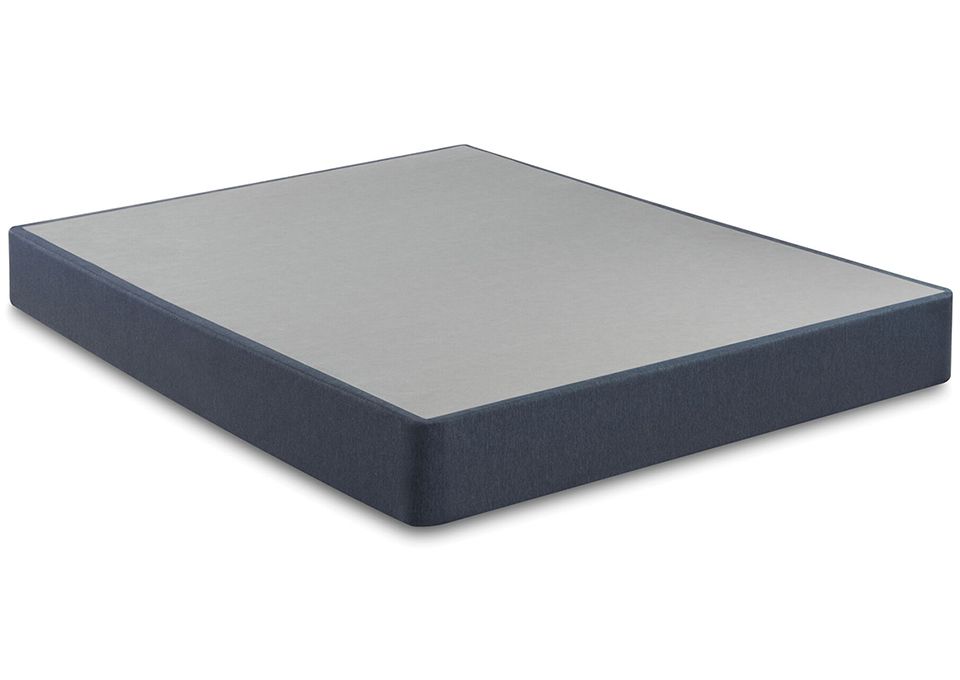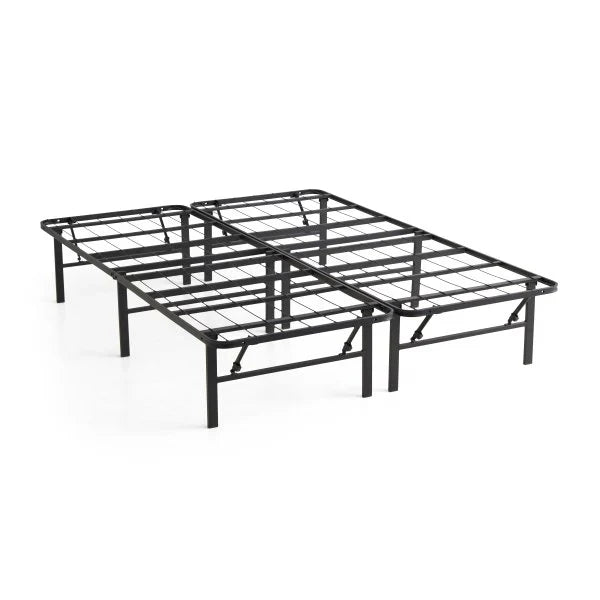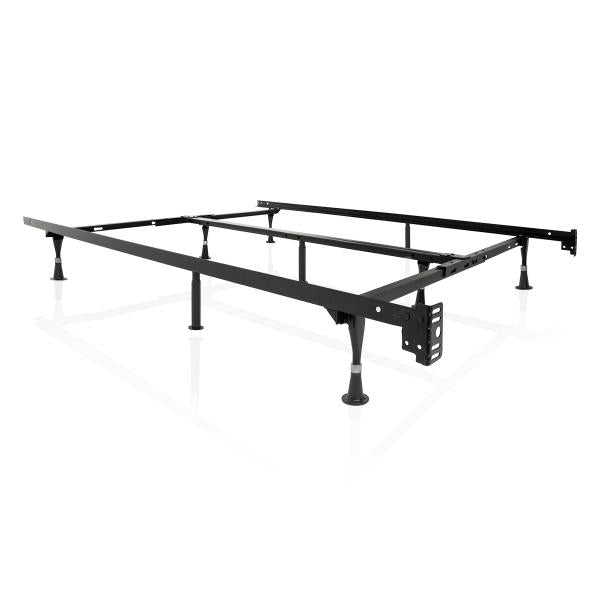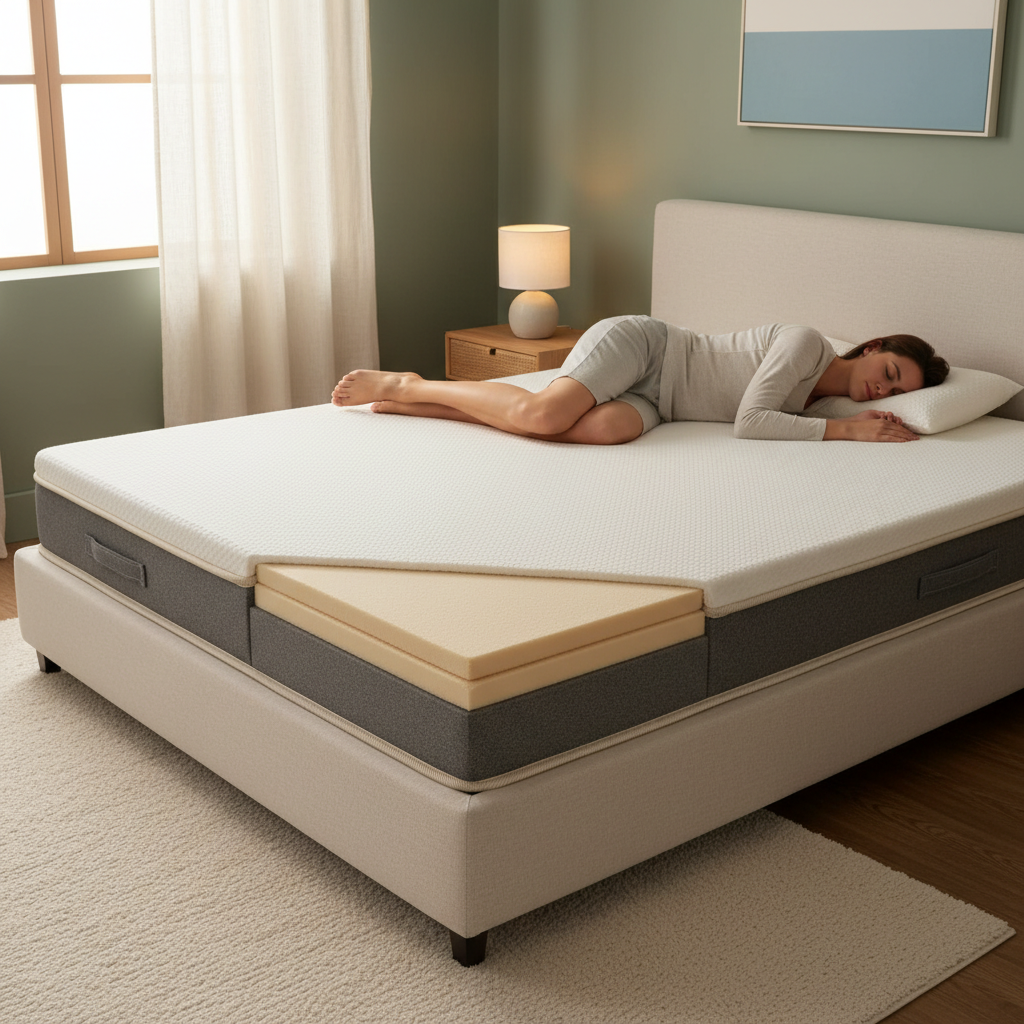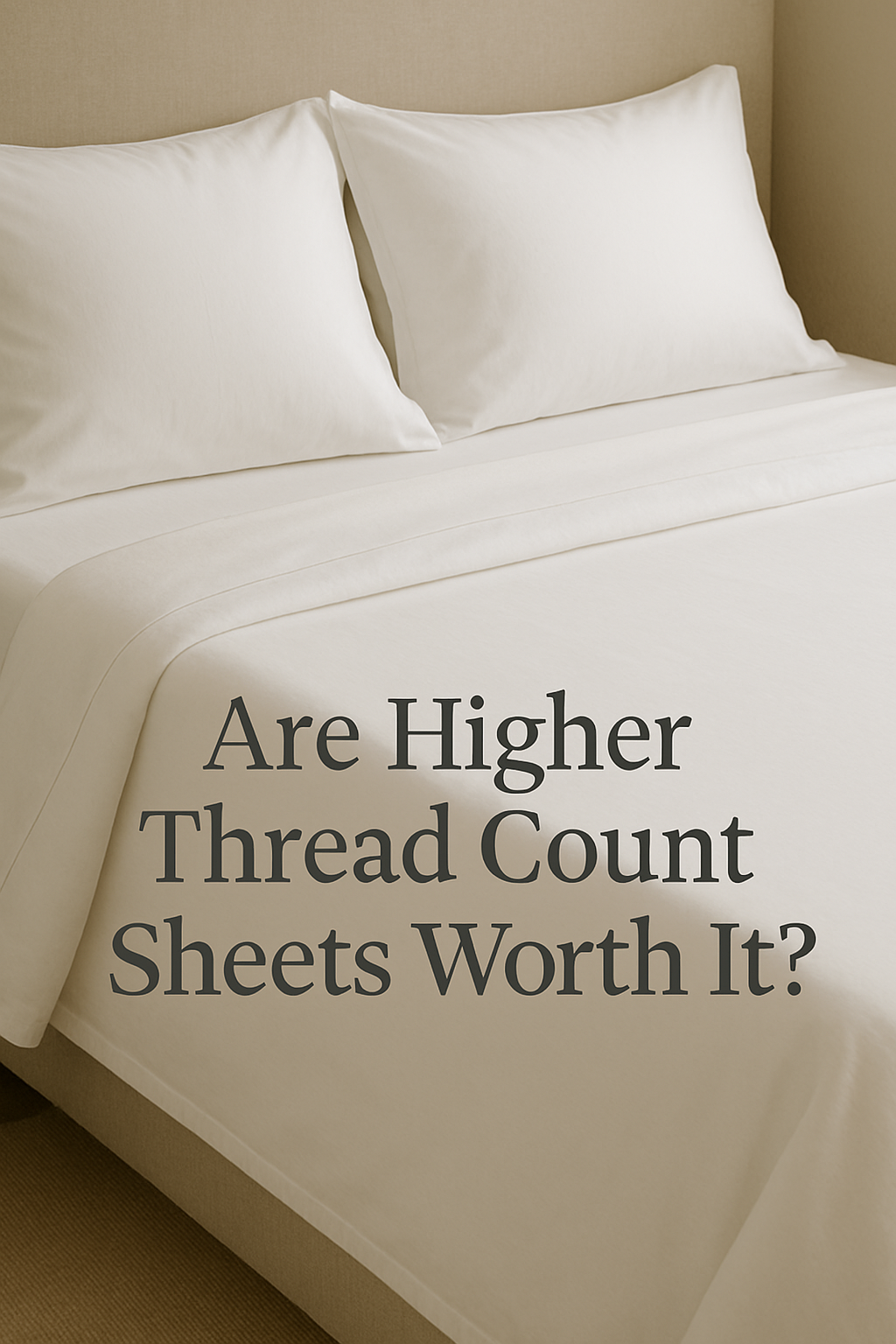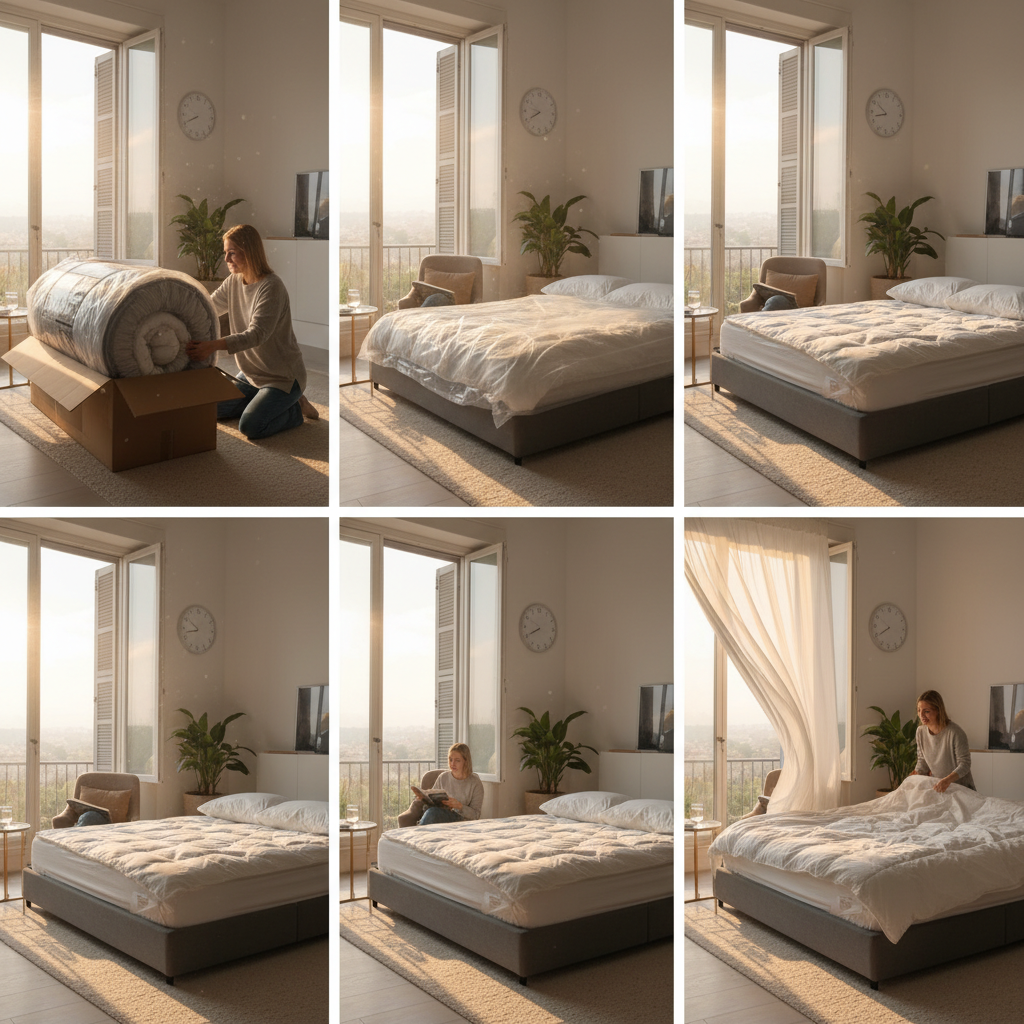
When you've invested in a new memory foam mattress, the anticipation of your first great night's sleep can be overwhelming. However, rushing to sleep on your new mattress immediately after delivery might not give you the best experience. Understanding the memory foam mattress break in period is essential for getting the most comfort and longevity from your investment. Most memory foam mattresses require a brief adjustment period to reach their optimal feel and performance, typically ranging from a few days to about 30 days of regular use.
Understanding the Memory Foam Break-In Process
Memory foam mattresses undergo physical changes during their initial weeks of use. The foam materials need time to soften and conform to your body's unique shape and sleeping patterns. During manufacturing and shipping, the dense foam layers can become compressed, and they require consistent body heat and pressure to return to their intended feel and support characteristics.
The break-in period serves several important purposes. First, it allows the foam layers to decompress fully after being compressed during packaging and shipping. Second, your body needs time to adjust to the new sleep surface, especially if you're transitioning from a different mattress type. Finally, this adjustment time helps you accurately assess whether the mattress firmness and support level match your comfort preferences.
Understanding mattress off-gassing and when it stops is also crucial during this initial period, as proper ventilation can affect both comfort and air quality in your bedroom.
Typical Timeline for Memory Foam Adjustment
Most memory foam mattresses will soften and reach their optimal comfort level within approximately 30 days of regular use. This timeline represents the industry standard and reflects the experience of most users who sleep on their mattresses consistently during this period.
However, the adjustment period can vary based on several factors:
-
Foam density and composition
-
Room temperature and humidity levels
-
Your body weight and sleeping position
-
Frequency of use during the adjustment period
-
The specific brand and manufacturing process
Some mattresses may feel comfortable within just a few days, while others might take up to three months to reach their full potential. If your mattress still feels uncomfortably firm after three months of regular use, this could indicate that the comfort level isn't well-suited to your preferences or that there may be a manufacturing issue.
For those wondering about setup timing, learning how long mattresses can stay in their packaging can help you plan the optimal unboxing and break-in schedule.
[collection-carousel="memory-foam"]
Safe Sleep Guidelines for New Memory Foam Mattresses
You can typically sleep on your new memory foam mattress immediately after it has fully expanded, usually within 24 to 48 hours of unboxing. The key safety consideration isn't the break-in period itself, but rather ensuring adequate ventilation during the initial off-gassing phase.
Immediate Sleep Safety
New memory foam mattresses are safe to sleep on once they've expanded to their full size and any strong chemical odors have dissipated. Most manufacturers design their mattresses to be safe for immediate use, though comfort may improve over the following weeks.
Ensure your bedroom has good airflow during the first few nights, and consider using a fan or opening windows to promote air circulation. If you experience any respiratory irritation or persistent strong odors, allow additional ventilation time before regular use.
Comfort Considerations
While it's safe to sleep on your new memory foam mattress right away, the initial firmness might feel different from what you expected. This is completely normal and part of the adjustment process. Your mattress will gradually soften and conform more closely to your body as you use it regularly.
Some people find the initial firmness comfortable, while others prefer to wait a few days for the foam to begin softening. There's no right or wrong approach, and your comfort preferences should guide your decision.
Factors That Influence Break-In Time
Several environmental and usage factors can affect how quickly your memory foam mattress reaches its optimal comfort level. Understanding these variables can help you set appropriate expectations and potentially accelerate the process.
Room Temperature
Memory foam is temperature-sensitive by design. Warmer room temperatures (around 68-72°F) help the foam soften more quickly, while cooler rooms can extend the break-in period. If your bedroom tends to be cool, consider gradually increasing the temperature during the first few weeks to help accelerate the softening process.
Body Weight and Sleep Position
Heavier sleepers often experience faster break-in times because their body weight creates more pressure on the foam layers. Side sleepers may notice contouring improvements more quickly than back or stomach sleepers due to the increased pressure points at the hips and shoulders.
Your sleeping position also affects which areas of the mattress break in first. The sections where you apply the most pressure will soften more quickly, creating your personalized sleep impression over time.
[collection-carousel="mattress-protector"]
Tips to Accelerate the Break-In Process
While patience is key during the memory foam adjustment period, there are several safe methods to help speed up the process if you're eager to reach optimal comfort sooner.
-
Use the mattress consistently: Sleep on your mattress every night rather than alternating with another bed or the couch. Consistent pressure and body heat help the foam adjust more quickly.
-
Maintain optimal room temperature: Keep your bedroom comfortably warm (68-72°F) to help the temperature-sensitive foam respond more readily to your body.
-
Apply gentle, even pressure: Some people find that carefully walking or crawling across the mattress surface (without shoes) for a few minutes daily can help accelerate the softening process.
-
Be patient with your body's adjustment: Remember that you're adjusting to the mattress just as much as it's adjusting to you. Give yourself time to adapt to the new sleep surface.
Avoid using excessive heat sources like heating pads or hair dryers, as these can damage the foam structure. Similarly, don't jump or apply sudden, intense pressure, which could create uneven wear patterns.
Considering the long-term perspective can help during this adjustment phase. Learning about how long mattresses typically last can provide context for why this initial investment in the break-in period is worthwhile.
When Break-In Time Becomes a Concern
While most memory foam mattresses reach their optimal comfort within 30 days, extended discomfort beyond this timeframe may indicate underlying issues that deserve attention.
Warning Signs
If your mattress remains uncomfortably firm after two to three months of regular use, this could signal a few different issues. The mattress might not be the right firmness level for your preferences, there could be a manufacturing defect, or the specific foam composition might not be compatible with your body type and sleeping habits.
Excessive break-in periods of four months or longer are generally considered unusual and may indicate that you should explore other options or contact the manufacturer about potential quality concerns.
Alternative Solutions
If you're experiencing ongoing comfort issues during the break-in period, consider temporary solutions while giving your mattress more time to adjust. A thin mattress topper can provide immediate comfort relief without significantly interfering with the natural break-in process.
Keep detailed notes about your sleep quality and comfort level during the first few months. This information can be valuable if you need to make a warranty claim or exchange request within your trial period.
[collection-carousel="hybrid-mattresses"]
Different Foam Types and Break-In Variations
Not all foam mattresses behave identically. Traditional memory foam may take up to 30 days to soften, while gel-infused or plant-based foams often feel more responsive initially. Polyfoam and hybrids may adjust even faster, sometimes within a week of use.
Traditional Memory Foam vs. Gel-Infused Foam
Traditional memory foam typically requires the full 30-day break-in period, as it relies heavily on body heat to achieve its contouring properties. Gel-infused memory foam often feels more responsive from the beginning and may require less adjustment time, though it still benefits from the initial weeks of use.
Polyfoam and Hybrid Options
Plant-based memory foams tend to be more responsive than petroleum-based foams and often require less break-in time while still providing the contouring benefits that memory foam is known for.
Making the Most of Your Trial Period
Many memory foam mattress companies offer trial periods ranging from 90 to 365 nights, specifically because they understand the importance of the break-in process. These trial periods are designed to give you adequate time to experience your mattress at its full potential.
Use the first 30 days as your primary evaluation period, noting changes in comfort, support, and sleep quality. Keep a simple sleep journal tracking your comfort level, any aches or pains, and overall satisfaction. This information helps you make an informed decision about whether to keep the mattress.
Don't make final judgments about your mattress during the first week. The combination of foam adjustment and your body's adaptation to the new sleep surface means that your experience will likely change significantly over the first month.
If you're in the Houston area and prefer to try before you buy, our memory foam mattress collection allows you to experience different options in person with guidance from our certified Sleep Consultants.
Professional Guidance for Your Memory Foam Selection
Choosing the right memory foam mattress can significantly impact your break-in experience and long-term satisfaction. Working with knowledgeable sleep specialists can help you select a mattress that's more likely to meet your comfort preferences from the beginning, potentially reducing the adjustment period.
At Mattress On Demand, our certified Sleep Consultants understand the nuances of different memory foam constructions and can help match you with options that align with your sleep position, body type, and firmness preferences. This personalized approach often results in shorter break-in periods and higher satisfaction rates.
Professional guidance is especially valuable if you're transitioning from a significantly different mattress type or if you have specific comfort requirements due to health conditions or sleep disorders. Our team can explain the expected break-in characteristics of different models and help set realistic expectations for your adjustment period.
We also provide comprehensive information about proper mattress care during the break-in period, including recommendations for mattress protectors that won't interfere with the foam's natural adjustment process while keeping your investment clean and protected.
Conclusion
The memory foam mattress break-in period is a normal and important part of getting the best performance from your new sleep investment. Most memory foam mattresses reach their optimal comfort level within 30 days of regular use, though some may take up to three months. You can safely sleep on your new memory foam mattress immediately after it has fully expanded, but patience during the initial adjustment period will help ensure you experience the full benefits of your purchase. By understanding the break-in process and following proper guidelines, you'll be well-positioned to enjoy years of comfortable, restorative sleep on your new memory foam mattress.
Quick Takeaways
-
Wait 24–48 hours for full expansion before sleeping on a new memory foam mattress.
-
Initial firmness is normal; expect gradual softening over 30 days of use.
-
Use the mattress consistently and ensure proper room temperature to accelerate break-in.
-
If discomfort persists after 3 months, consider contacting the manufacturer or trying a mattress topper.



